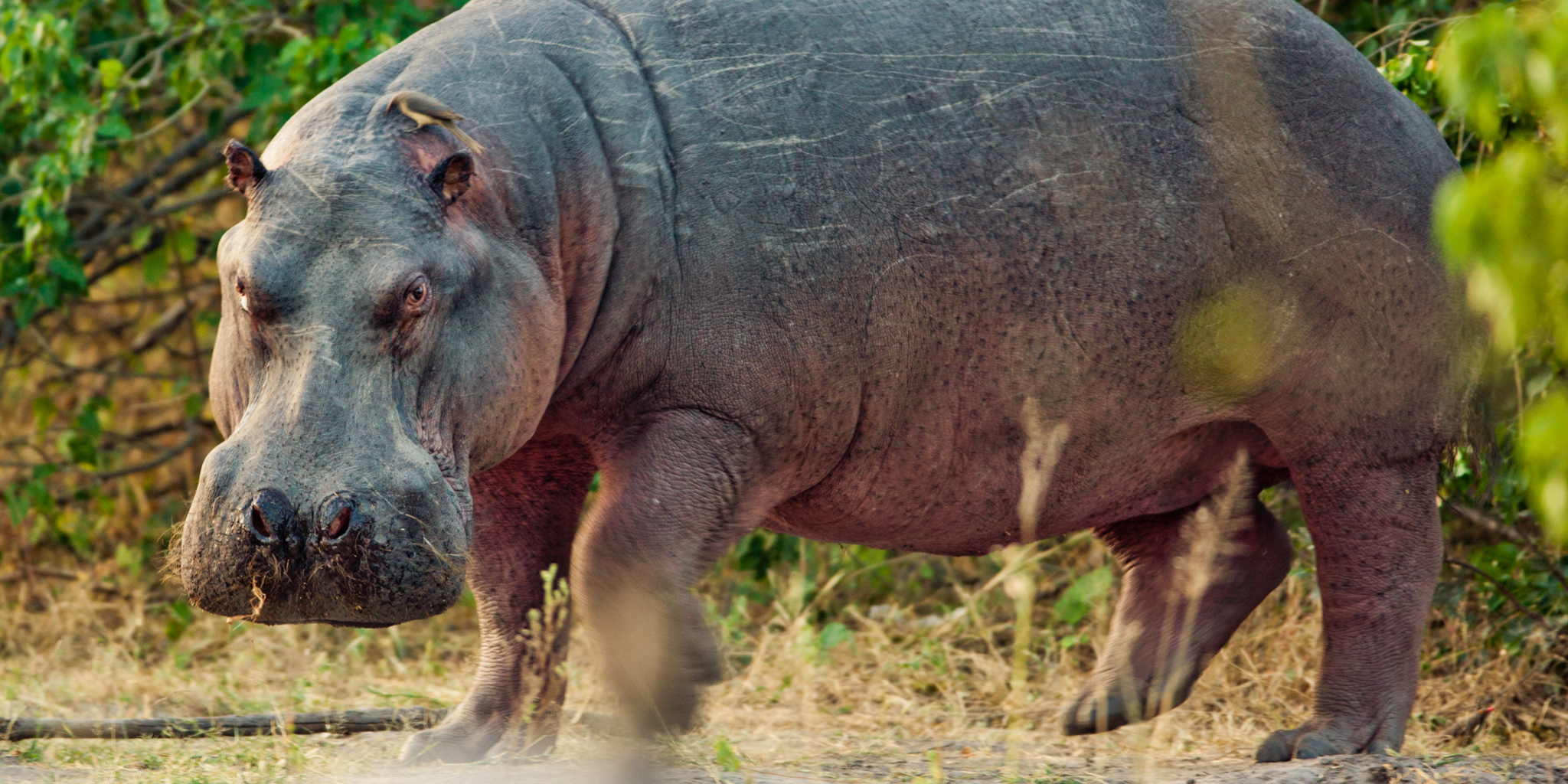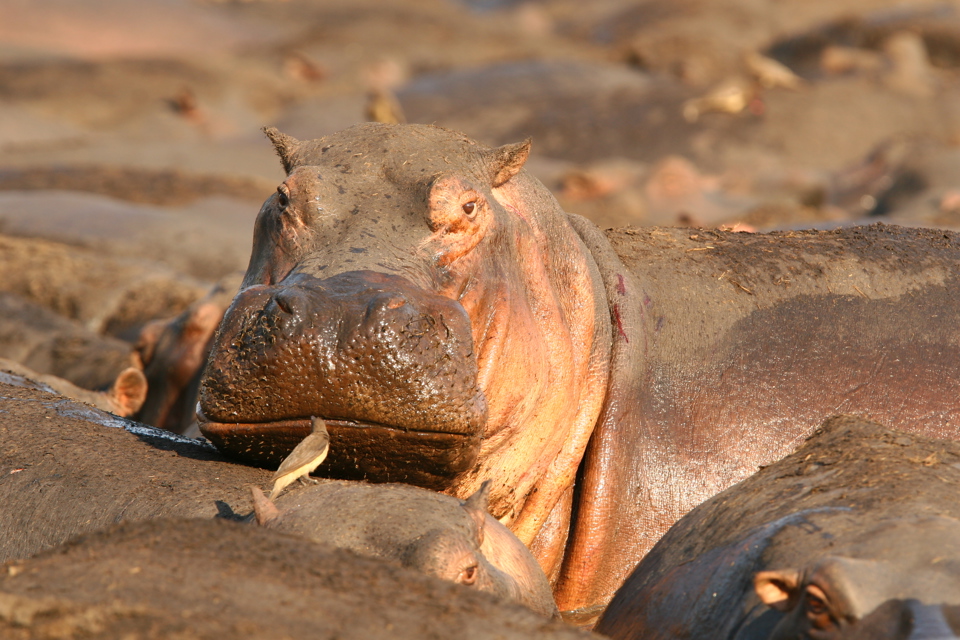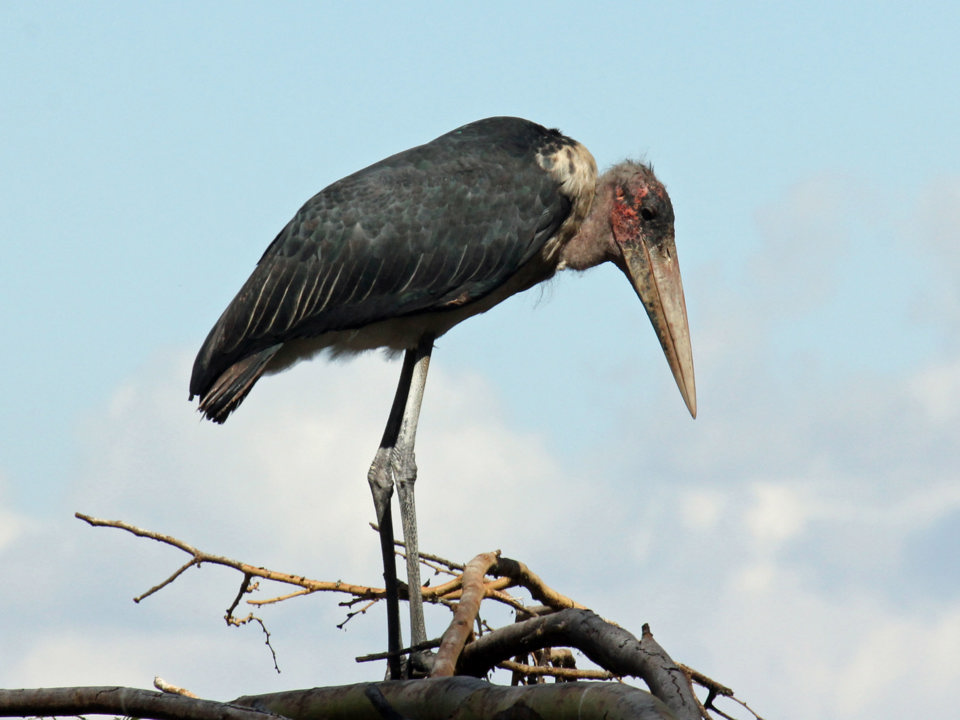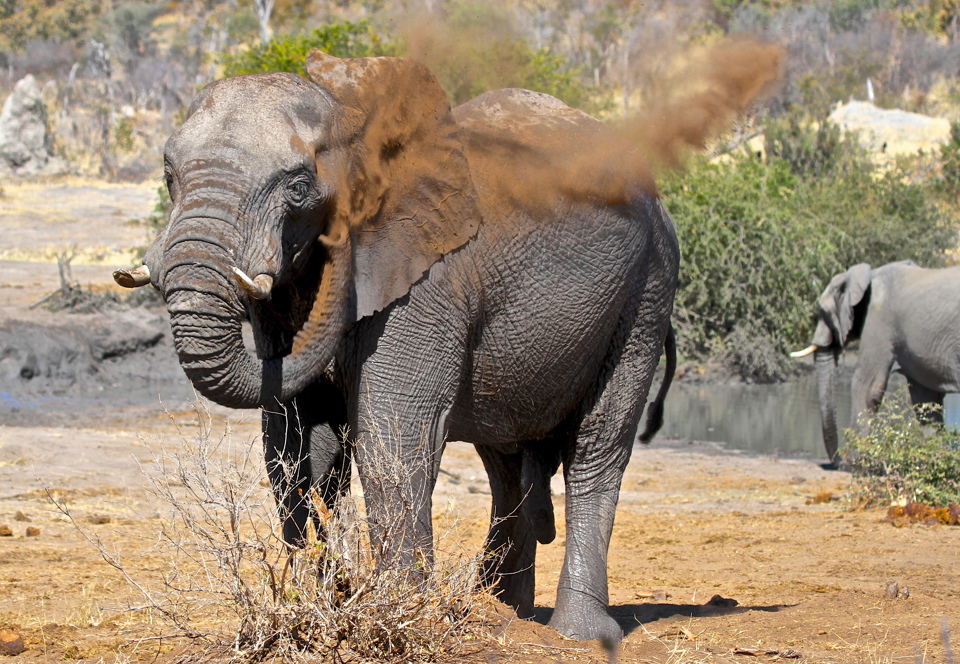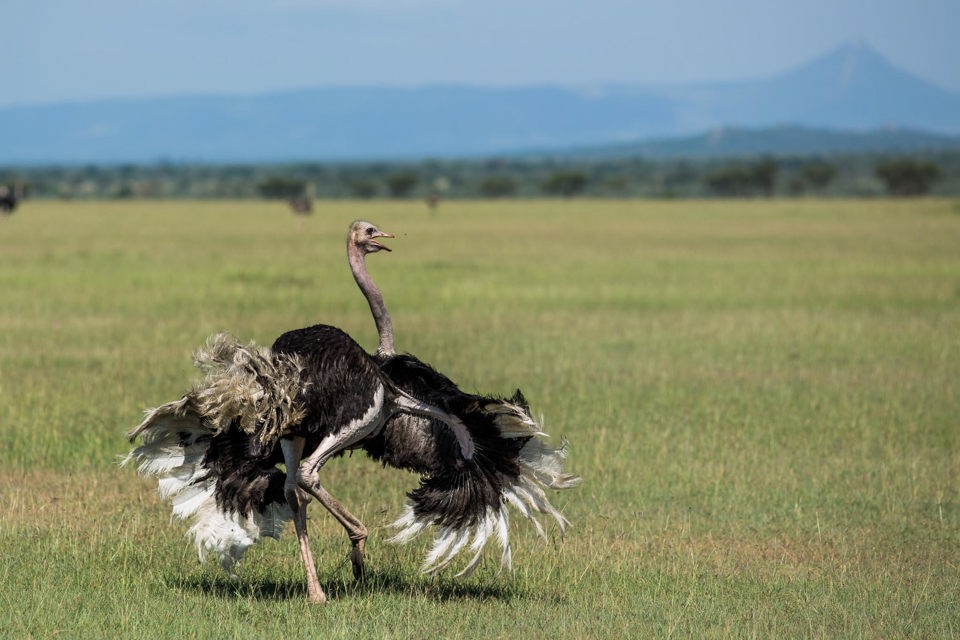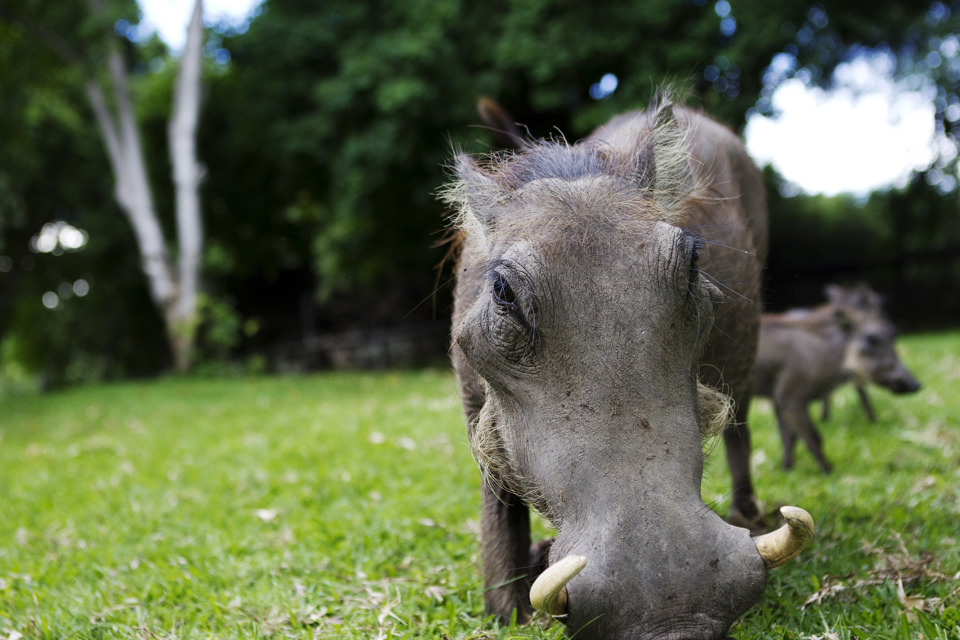Imagine thunder that rattles your bedroom windows, torrential rain that sweeps past in 10 minutes, and a desert-like landscape that suddenly erupts into a green oasis filled with a kaleidoscope of incredible birdlife - this is the siren call of the wet season in southern Africa. But now imagine a few days before the start of the green season, and you have a wildlife and a land that is utterly desperate for rain.
October for southern Africa’s wildlife can be a harsh month (though it’s the perfect time to visit for an action-packed and wildlife-filled safari). With no rain having fallen since around March, countries like Zimbabwe, Zambia, Botswana, and South Africa are gaspingly dry – and with temperatures on the rise fast, it is no wonder that October is often referred to as ‘Suicide Month’.
With possibly one more month to go until the welcoming relief of the African rains, the question is, how do animals deal with the dry heat? Below, we highlight some of the sophisticated ways in which they cope:
 CA
CA
 UK / International
UK / International
 USA
USA
 Australia
Australia

